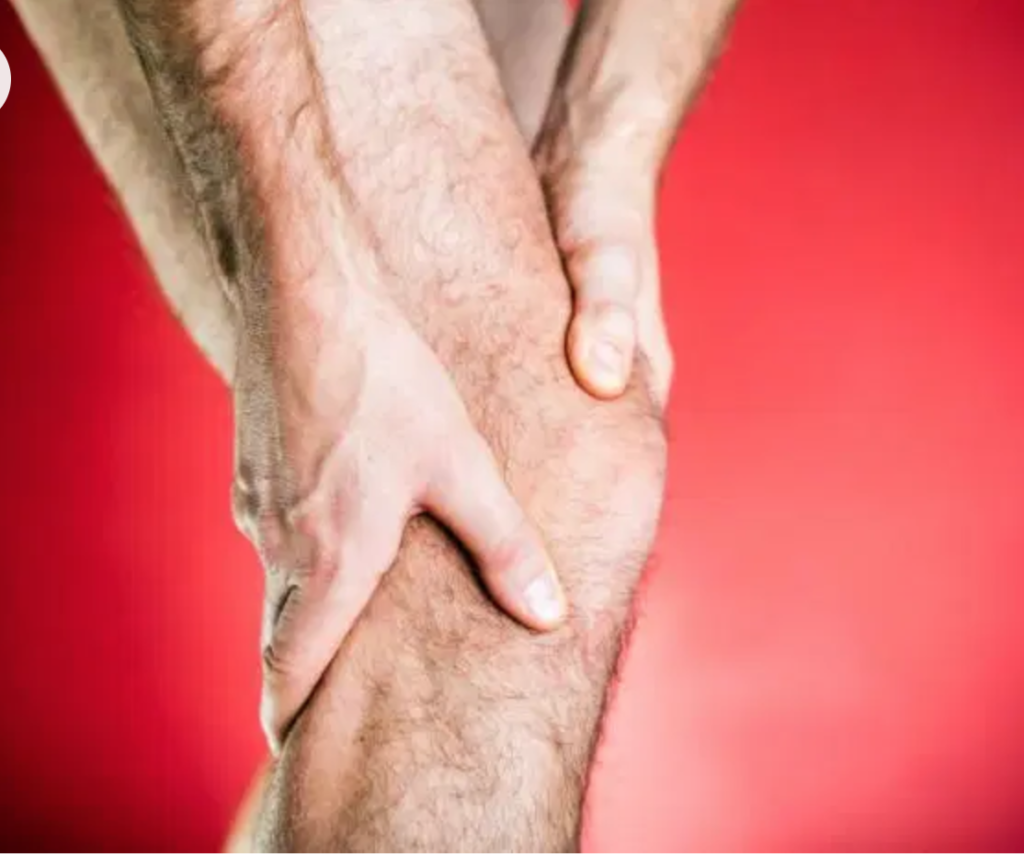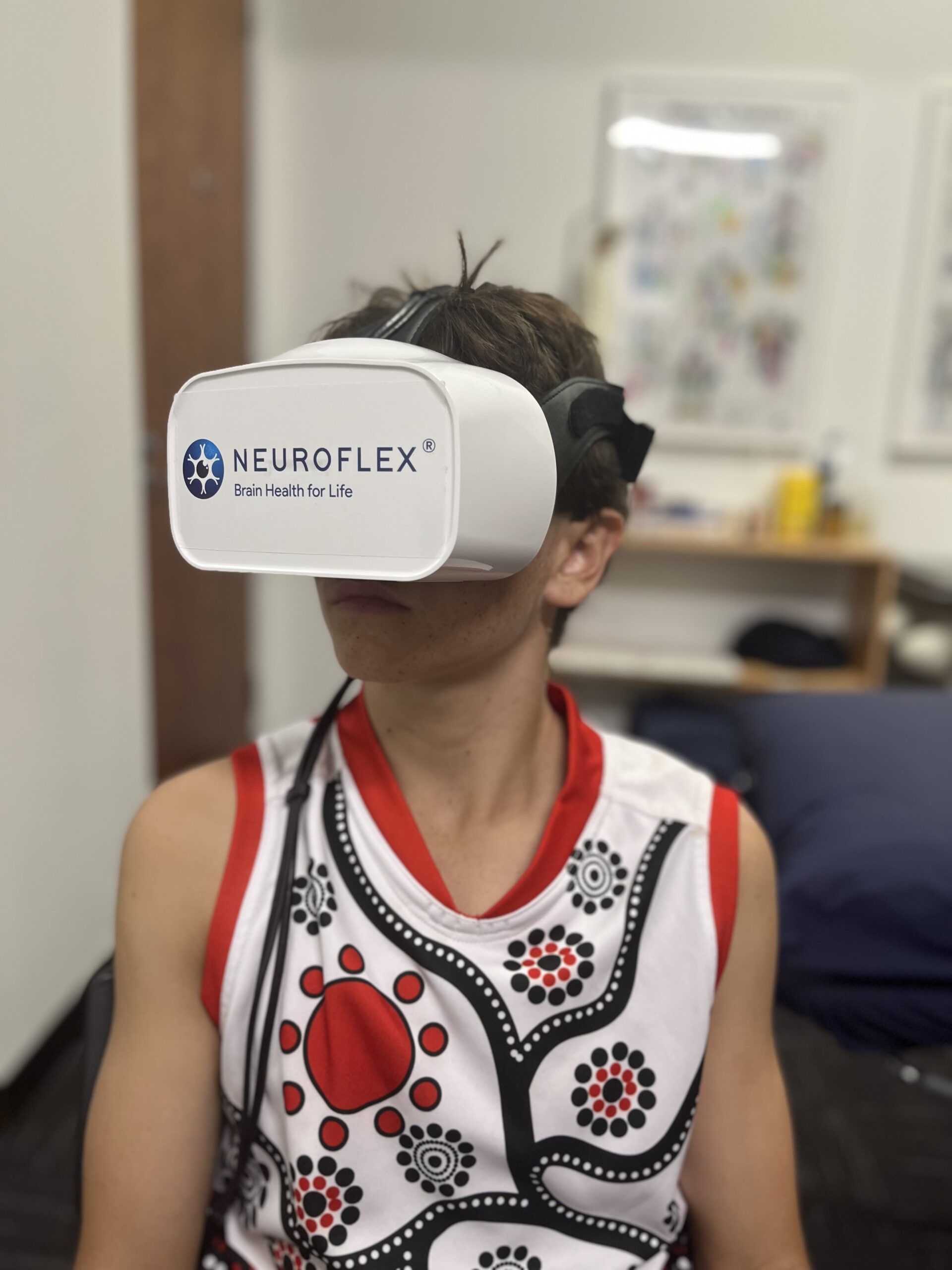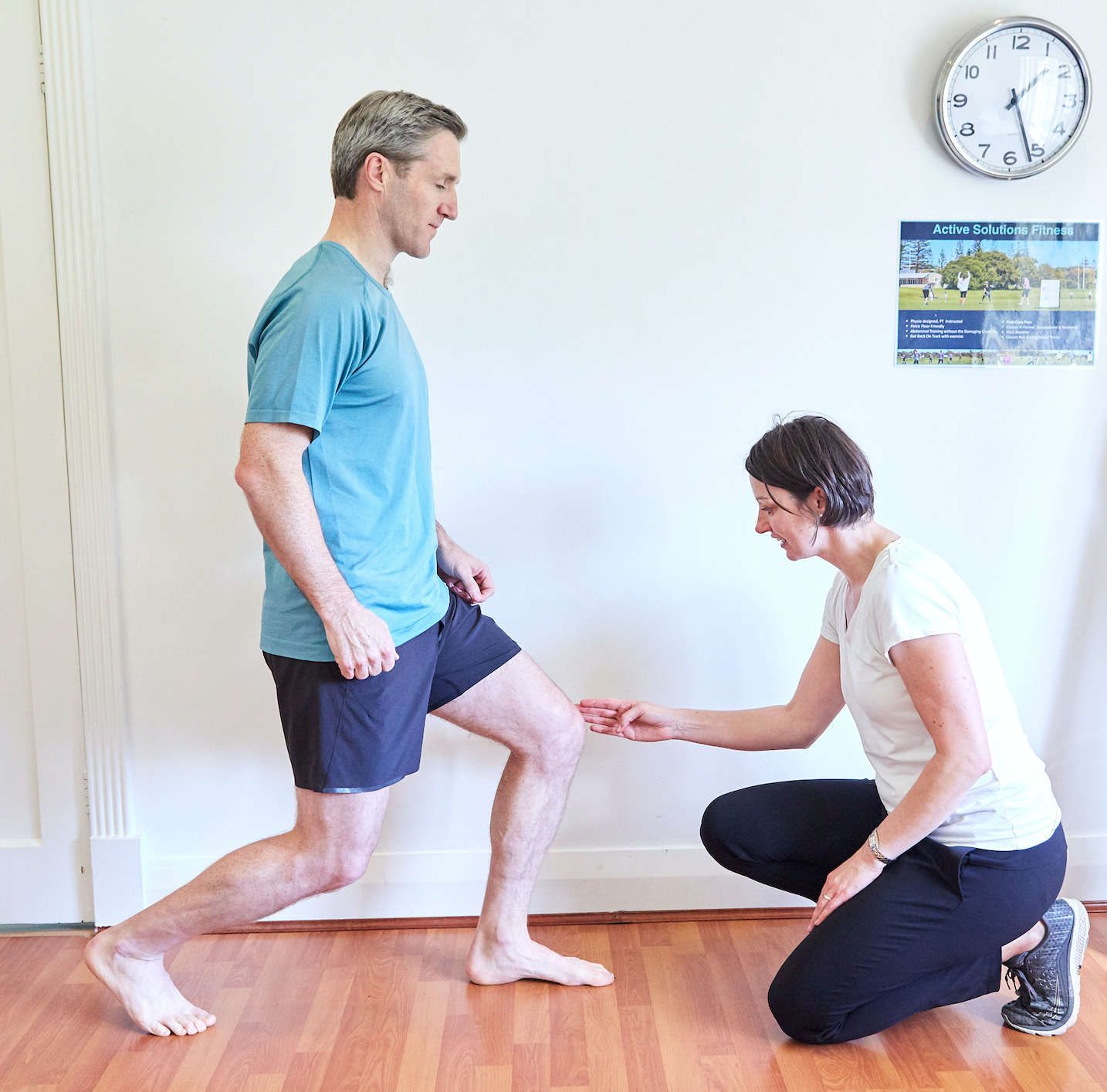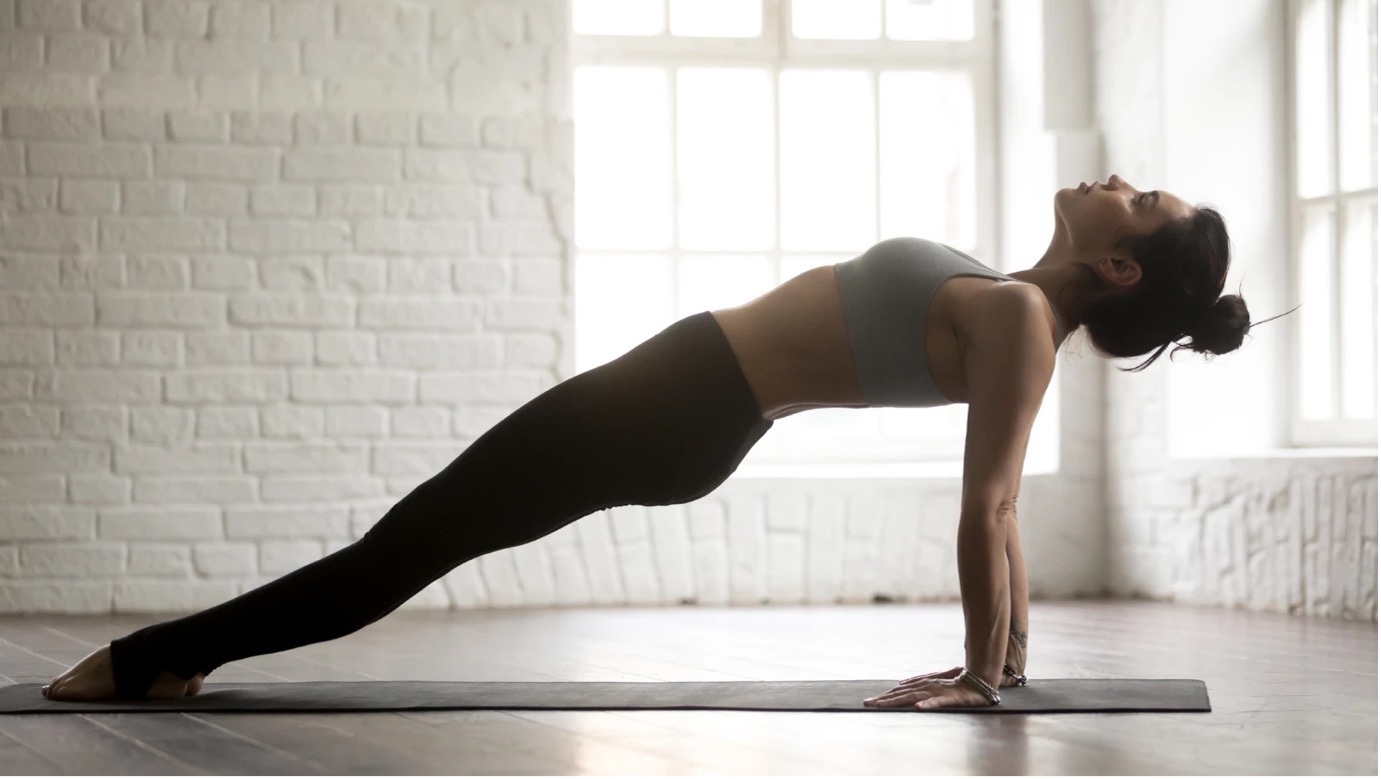Image source: https://www.medicalnewstoday.com/articles/184714#symptoms
What is it?
A Baker’s Cyst knee swelling, is an increase in swelling the area behind your knee. There can be an obvious bulge at the back of the knee which makes the knee feel stiff particularly when squatting down.
Like many medical conditions, the Baker’s Cyst got its name, after the doctor who first described it in the 1800’s!!
Why do you get a Baker’s Cyst?
A Baker’s Cyst ia common in those aged over 40 and typically accompany underlying knee joint problems such as arthritis or meniscal tears. Changes in load, which is the amount you’re using your knees, also commonly results in knee inflammation swelling. This swelling pools in the back of the knee, causing the Baker’s Cyst.
The most common change in load we’ve been seeing recently, is people drastically changing their exercise load with COVID lockdowns, going from no running to doing 5km a day. This sudden change in impact on the knee causes irritation, swelling and pain. A subsequent MRI report will commonly state “a Baker’s Cyst with arthritic changes”. Patients often think they need to have an arthroscope (knee clean out operation); however this operation is outdated. If you address the reason for the knee irritation and swelling which is too much load; the Baker’s Cyst will automatically get better.
Avoid sudden overuse of your knee: drastic increases in exercise or workload can exacerbate your symptoms. Try to build up slowly, increasing by only by 10% every 3 weeks, to allow your body (and knee) time to adjust.
Strengthening: specific leg strengthening exercises from a physiotherapist will target the muscles needed to give your knee the best support.
Understand Impact: Running generates impact forces of 9 x body weight, cycling 1.5 x body weight and swimming is non-impact. Vary your exercise and vary the impact on your knee.
If you have pain and swelling in your knees, physiotherapy will be able to make a diagnosis, teach you how to settle the knee down and then provide the path to build up muscles with the right exercise to get you back! Book Now.









